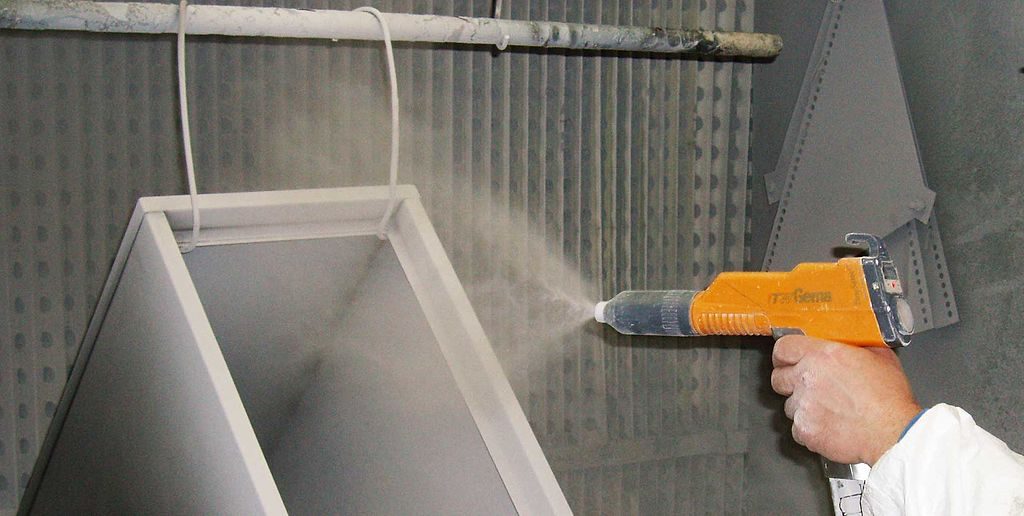Industrial finishing market uses different types of coating materials and each goes through a specific process to coat various surfaces. Powder coating accounts for around 15% of all finishing industry and coats outer metals in the automobile, construction, electronics and agriculture industry.
It’s also used for non-metallic substrates, such as items made of plastics, which you can find on a cell phone and computer components. For example, bumpy finishes on electronics are the sign of powder coating. The technique uses industrial ovens that cure the material under high heat.
The process of powder coating begins with choosing between two kinds of powders, thermoset or thermoplastic powder. It then goes through a couple of steps before producing a durable shell. Let’s see how it works.
Thermoset Powder
Thermoset powder makes a smooth surface layer and creates durable coatings. During the heating process, the chemical composition will change to harden the material to enhance its properties. Once it is cured, the shell can’t change back into the liquid form, which makes it impossible to adjust it after it’s finished.
Thermoplastic Powder
Thermoplastic powder, on the other hand, can remelt after it’s heated again. The composition stays the same once the curing process took place. It is used as a coating on metal benches and works well with an array of materials.
Step 1: Powder Coating
Powder coating is a great alternative to conventional painting techniques. Rather than applying a coat of paint and leave it to dry, coating professionals will spray a layer of dry powder onto the product and then put in the industrial oven. The powder will melt to create a hard shell.
A couple of scientific approaches make the cover last longer than the average layers of industrial paint. The basics rely on the concept that the elements of opposite charges attract one another. The approach typically uses metals – the powder has one charge, while the material that needs to be coated has an opposite charge.
The item with the opposite charge is slightly negatively charged, and the powder has a positive charge. When you spray the colored powder onto the negatively-charged product, the powder automatically stays on the surface. Most of the particles adhere to the surface since the negative and the positive charge create a strong link between the materials. If overspray occurs, most of the powdered paint can be reused for later coloring.
Step 2: Powder Curing
After you do the coating, the product will have to go through the curing process. The item will cure under a strong heat lamp or in an industrial curing oven. As mentioned, thermoset powder will change its composition and cause the molecules to cling to the product’s material, while the thermoplastic powder’s molecular properties stay the same after curing.
Once the material cools down, both powders create a durable hard shell resistant to external damages.
Benefits of Powder Coating for Industrial Purposes
Powder coating process has numerous benefits over regular painting techniques. It produces less waste and a more durable coating, while the potential overspray can be used in future coatings. The paint is almost impossible to peel off and dries more evenly than its liquid counterpart.
Moreover, powder coating creates a much thicker seal on the product than the regular paint. Even a few layers of standard paint won’t do the trick since it can spread unevenly on the surface.
Do You Need Powder Coating for Your Business?
Powder coating is one of many coloring processes for industrial purposes. It’s excellent for metal finishes, but you can use it on an array of other materials. It has more benefits than drawbacks and is, therefore, a perfect choice for a number of products with particular surfaces.
Despatch offers a wide selection of industrial ovens used in powder coating applications, including standard and custom batch ovens ranging in size from small lab ovens and cabinet ovens, to heavy-duty walk-in and truck in ovens. If you need more information about any of our powder coating oven products, from oven design and sales to installation and maintenance services, please contact us.
Image from Alexandros T via Wikimedia Commons






